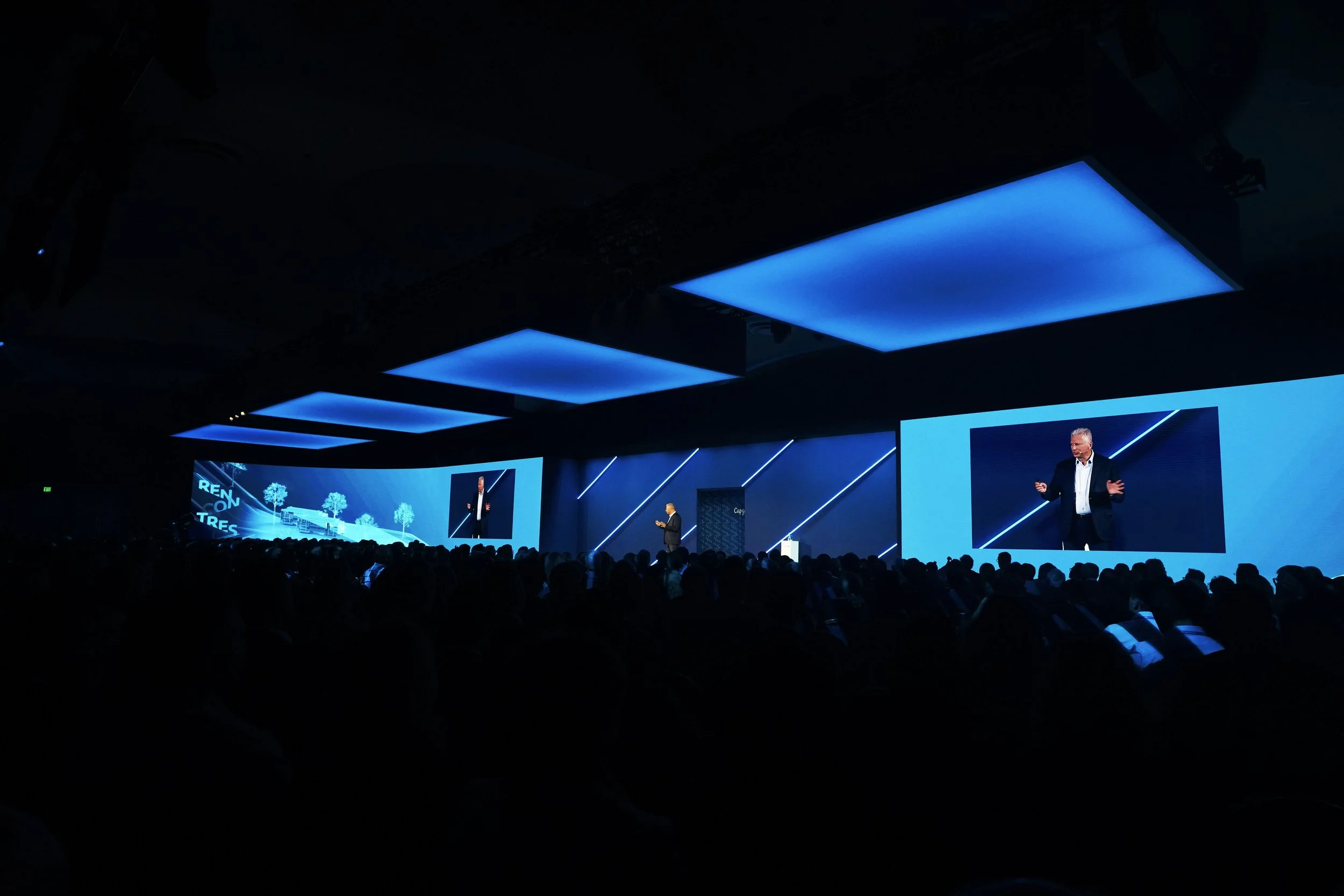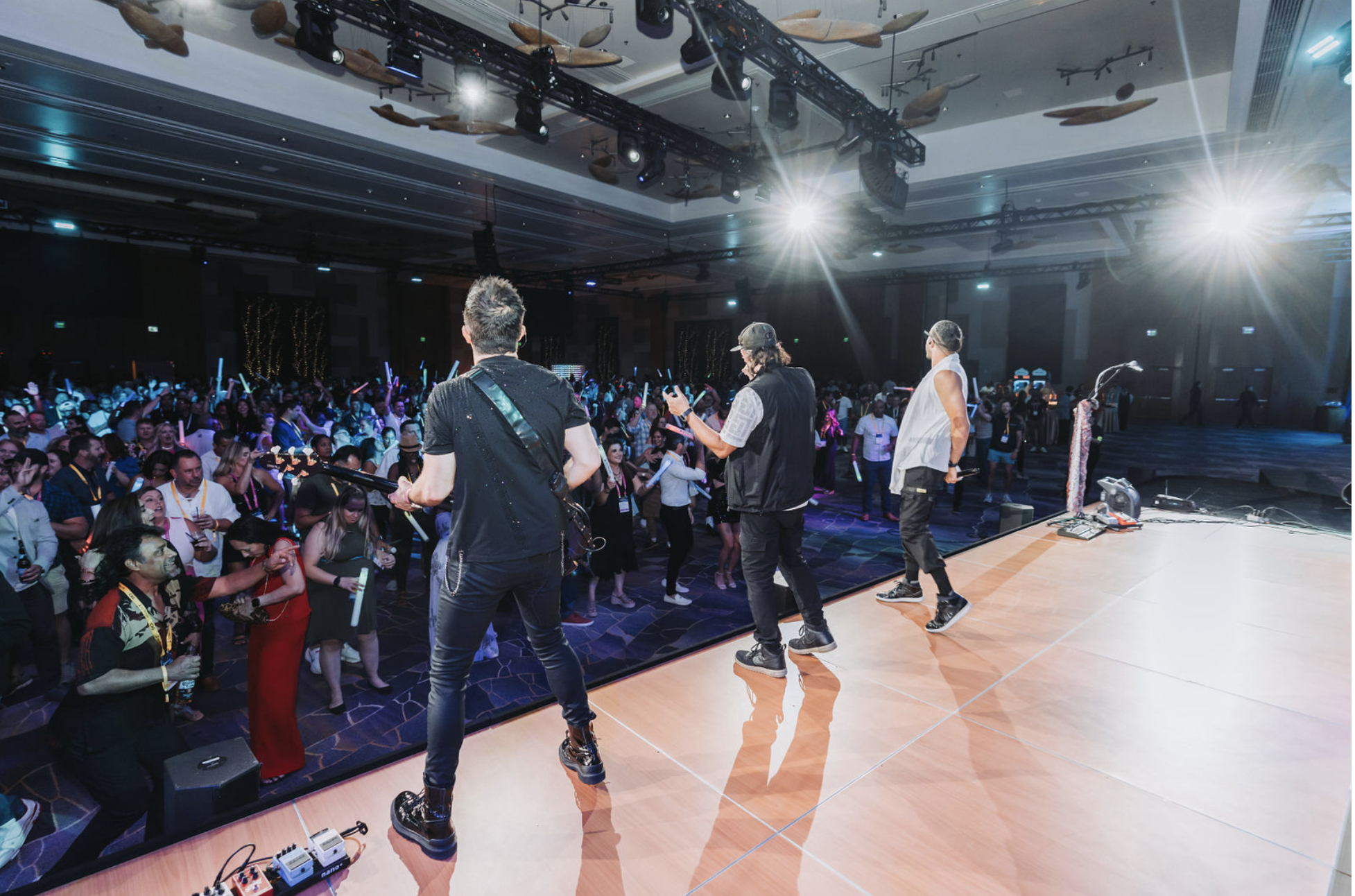Why Your Event Photos Don’t Capture the Real Energy (and How to Fix It)
You spent weeks curating speakers, music, timing, and décor, and the room absolutely buzzed. Then the gallery lands and the feeling are… muted. Faces are lit, but not alive; the crowd looks thinner than you remember; the room’s pulse is missing. That gap isn’t your imagination—it’s the difference between recording attendance and translating atmosphere. In event photography San Francisco, true energy comes from timing, light discipline, empathetic framing, and thoughtful post-production. When any link breaks, the entire story flattens. These consideration-stage guide breaks down the common reasons galleries feel polite instead of electric and show practical ways to protect emotion, scale, and narrative from pre-production to delivery.
When Lighting Silences the Mood
Light is emotional language. Mixed color temperatures—daylight through windows, tungsten chandeliers, LED stage accents—can nudge skin into strange hues and drain contrast that should convey joy or drama. Direct, front-facing flash erases depth; under-lit corners hide real reactions. Treat your venue in zones and balance sources so faces read clean while backgrounds retain texture. Diffuse harsh fixtures, meter for subjects, protect highlights near screens, and set custom white balance by area rather than relying on auto. Good lighting isn’t just exposure; it’s tone and temperature discipline that let viewers “hear” applause and laughter through photographs, preserving the warmth and dimensionality your audience actually felt in the room.
When Poses Replace Presence
Over-direction kills spontaneity. If every frame is paused mid-smile, you’re documenting compliance, not connection. Energy lives in micro-moments: the half-beat before applause, the shared glance after a punch line, the instinctive lean-in during a reveal. Those aren’t commanded; they’re anticipated. Brief your team to prioritize reaction coverage then gives your photographer space to move invisibly. Trust cadence over choreography. A seasoned corporate event photographer knows when to pre-position, how to work edges without blocking sightlines, and where the next laugh will crest. The point isn’t to eliminate posed frames—those matter for PR and sponsors—but to keep them from smothering the living, unscripted heart of the event.
When Composition Loses Context
Tight portraits without environmental cues feel interchangeable. Context—architecture, décor palettes, crowd density, stage geometry—grounds emotion in place and time. Think in sequences, not singles: establish the room with a wide opener, move to mid-frames for interaction, and close with detail cutaways that echo theme and craft. Vary height to change meaning; a low angle adds ceremony, an elevated angle reveals scale and flow. Borrow narrative habits from Corporate Video Production San Francisco crews: alternate wide/medium/tight to build rhythm, and protect continuity so galleries read like a story rather than a folder of isolated moments. When space and subject converse, still images begin to feel like sound.
When Indoor Challenges Steal the Spark
Indoors amplifies risk: low ceilings bounce color casts, mirrored walls reflect strobes, and mixed fixtures confuse cameras. Without planning, noise creeps up, blacks block, and warmth disappears. Map the room, assign lighting roles, and keep exposure honest for speeches while allowing motion where it helps. Pack neutral bounce, small flags, and gels to separate competing temperatures. Lean on indoor event photo tips that pros use daily: bounce off neutral surfaces, capture a few seconds of room tone for sound-aware edits on hybrid deliverables, and shoot RAW to maintain grading latitude. Indoors doesn’t have to look cramped; handled with intention, it reads intimate, modern, and alive.
When Editing Drains Emotion
Post shouldn’t sand the soul off your pictures. Over-saturated palettes can cheapen luxury ambience; desaturated, flat looks can sterilize a lively fundraiser. Build a restrained, repeatable grade that respects skin tones, aligns with brand color language, and stays consistent across rooms. Use local adjustments to guide attention rather than global heavy-handed filters. Sequence with momentum in mind: interleave reactions between stage moments so viewers feel cause and effect. Retouch sparingly—texture is human. Great editing is felt, not noticed; it preserves the acoustic quality of a room—the rise of laughter, the hush before recognition—by letting color and contrast carry the emotional temperature your guests actually experienced.
When the Brief Is Only a Shot List
A shot list prevents misses; a creative brief prevents disappointment. If the team doesn’t know the brand’s tone words, success criteria, usage destinations, and emotional priorities, they will aim for “coverage,” not resonance. Share positioning, VIPs, sensitivities, must-capture beats, and where images will live—press, social, internal, out-of-home. Invite collaboration on pacing and vantage points, not just checkboxes. Lock simple file-naming and delivery structures to speed approvals. When everyone agrees on what “energy” means for your audience, the crew’s micro-decisions align—where to stand, when to wait, when to move—and your gallery emerges coherent, persuasive, and reusable long after chairs are stacked.
Quick Hits: Habits That Quiet a Great Room
Over-using direct flash that flattens expressions and décor.
Shooting everything at standing eye level—no dynamic perspective shifts.
Ignoring reaction shots while over-covering the podium.
Skipping transitional beats: arrivals, mingling, resets between sessions.
Treating editing as style-first instead of story-first and brand-aligned.
“How can I make my event photos capture the real energy and emotion instead of looking flat or staged?” Bake that question into pre-production so choices about light, access, and sequencing serve emotional truth, not just technical neatness. This one prompt keeps planning honest and galleries feeling alive.
Conclusion — Seeing, Feeling, Remembering
Event imagery succeeds when logistics serve empathy. The camera records what stood there; the audience remembers how it felt. Protect that memory by balancing tone, rhythm, and access. Map lighting zones, negotiate clean sightlines, and leave breathing room in the timeline so genuine laughter and quiet pride aren’t rushed past. Energy isn’t a filter you add later; it’s the condition you create for honest moments to happen and survive. Treat photography as experience design that begins well before doors open and continues through editing and delivery with the same narrative intent.
Partnership is the real multiplier. Choose specialists who blend calm leadership with quick instincts, who know how to disappear without losing proximity, and who communicate clearly with production, stage, and venue teams. Ask for portfolios that show layered sequences, not just hero frames. Make sure your crew understands the brand’s emotional promise so grading, curation, and cadence feel unmistakably “you.” When strategy and craft shake hands, galleries stop looking like coverage and start reading like memory. That’s when your audience leans in, shares, and returns.
If your albums have felt polite while the room felt electric, you’re not alone—and you’re not stuck. San Francisco venues reward teams who understand the city’s tempo and its composite lighting. For imagery that translates movement, light, and intention into persuasive brand assets, Slava Blazer Photography combines technical mastery with a storyteller’s eye. The goal isn’t a folder of files; it’s a living narrative your audience can feel—pictures that sound like applause, breathe like conversation, and carry your event’s pulse long after the last goodbye.
FAQs
Why do photos look technically fine but emotionally flat?
Technique without timing records presence, not feeling. When light, anticipation, and sequencing aren’t aligned, galleries read as attendance logs. Build rhythm awareness and reaction coverage into the day.How much does lighting really matter?
It’s everything. Balanced, diffused light preserves depth and warmth; unmanaged mixes dull skin and décor. Zone your space and set custom white balance by area to protect mood.Are indoor events harder to photograph well?
They’re less forgiving. Plan bounce paths, separate color temperatures, mind reflective surfaces, and keep shutter speeds stable for speeches while allowing motion where energy helps.How do I keep images brand-aligned?
Share tone words, color language, and usage destinations in advance. Agree on a gentle, repeatable grade and a sequencing approach that serves story-first outcomes.Should we add video to capture energy?
Yes—motion and sound deepen recall. Pair photography with highlight reels or social cuts for dimension; many teams coordinate with Corporate Video Production San Francisco partners to extend impact.



